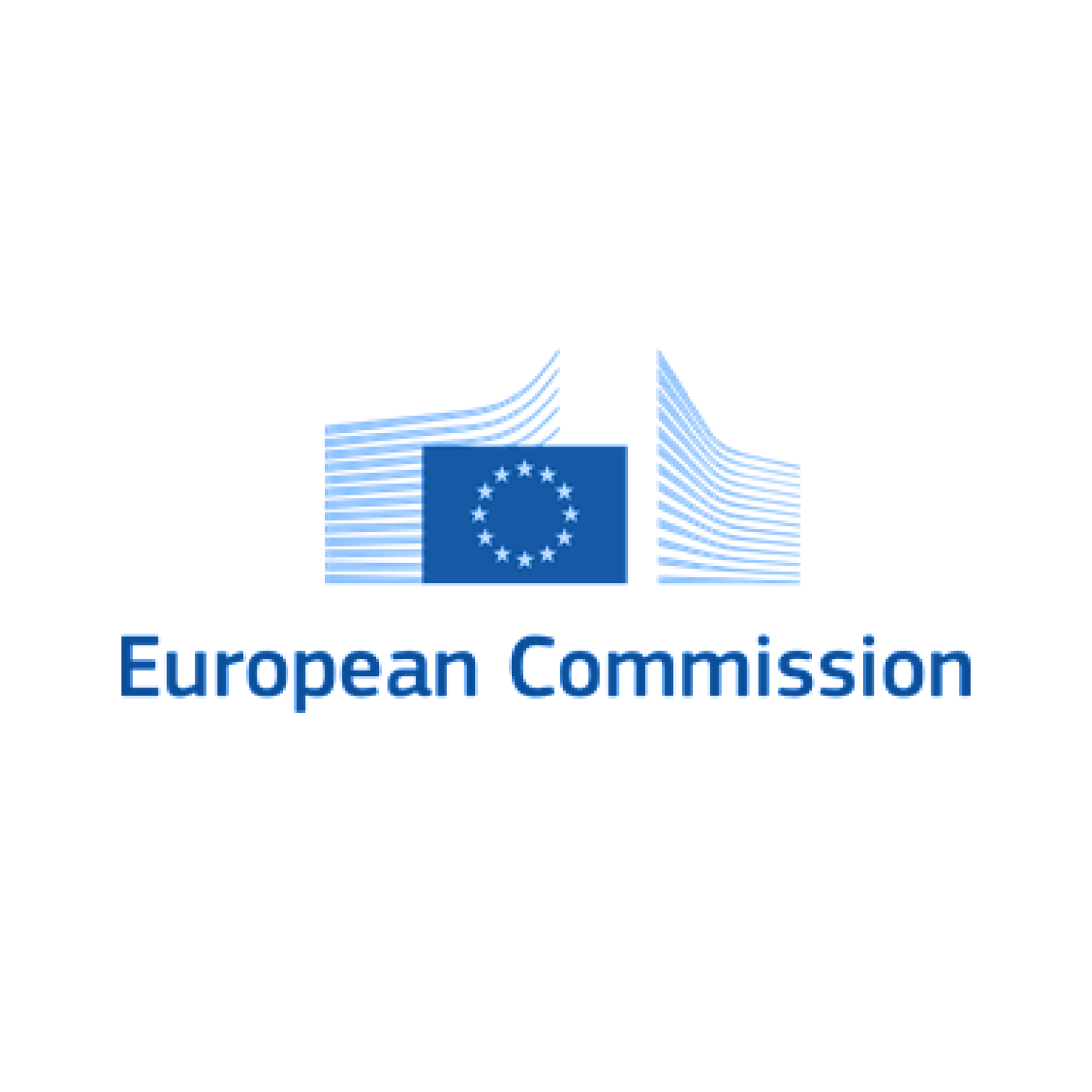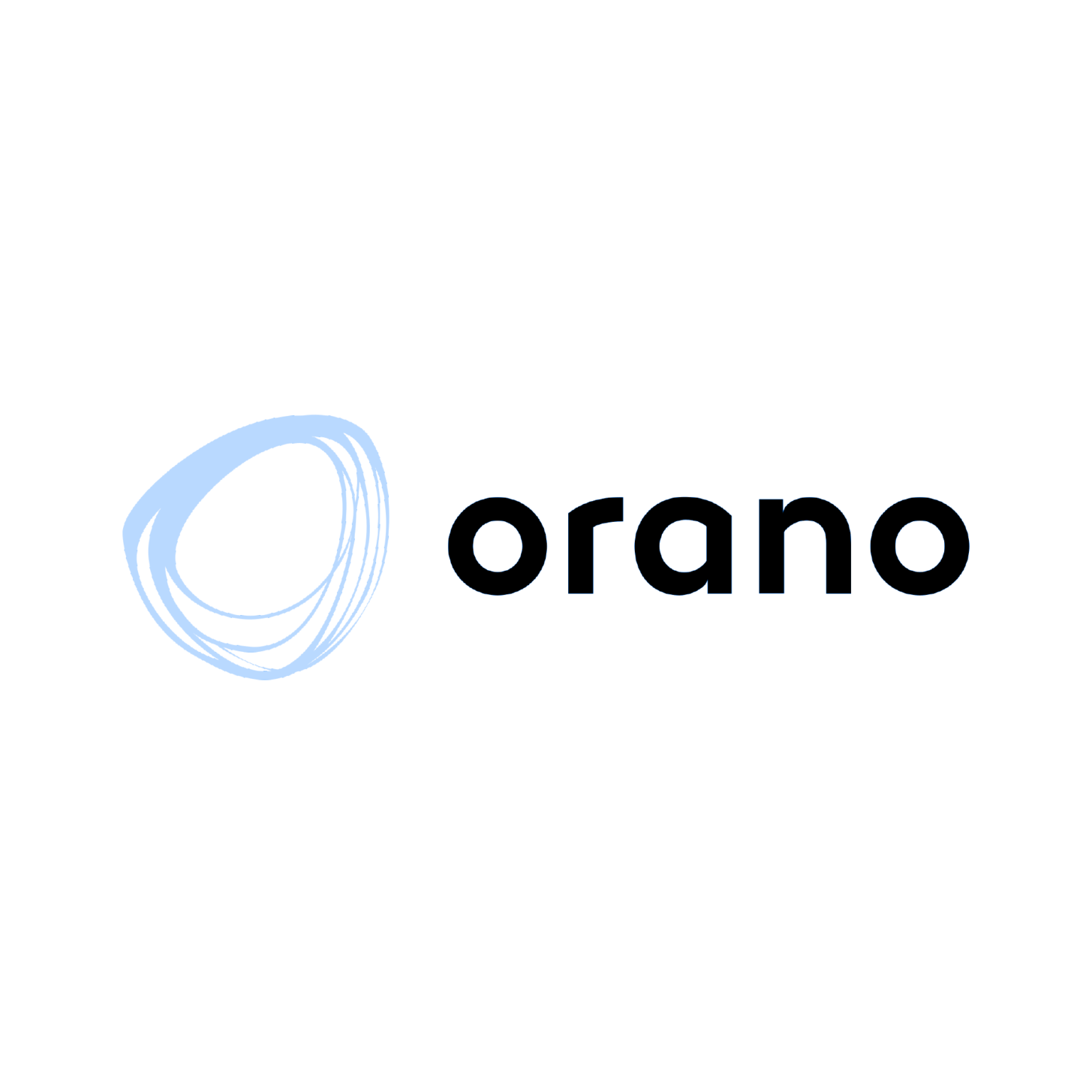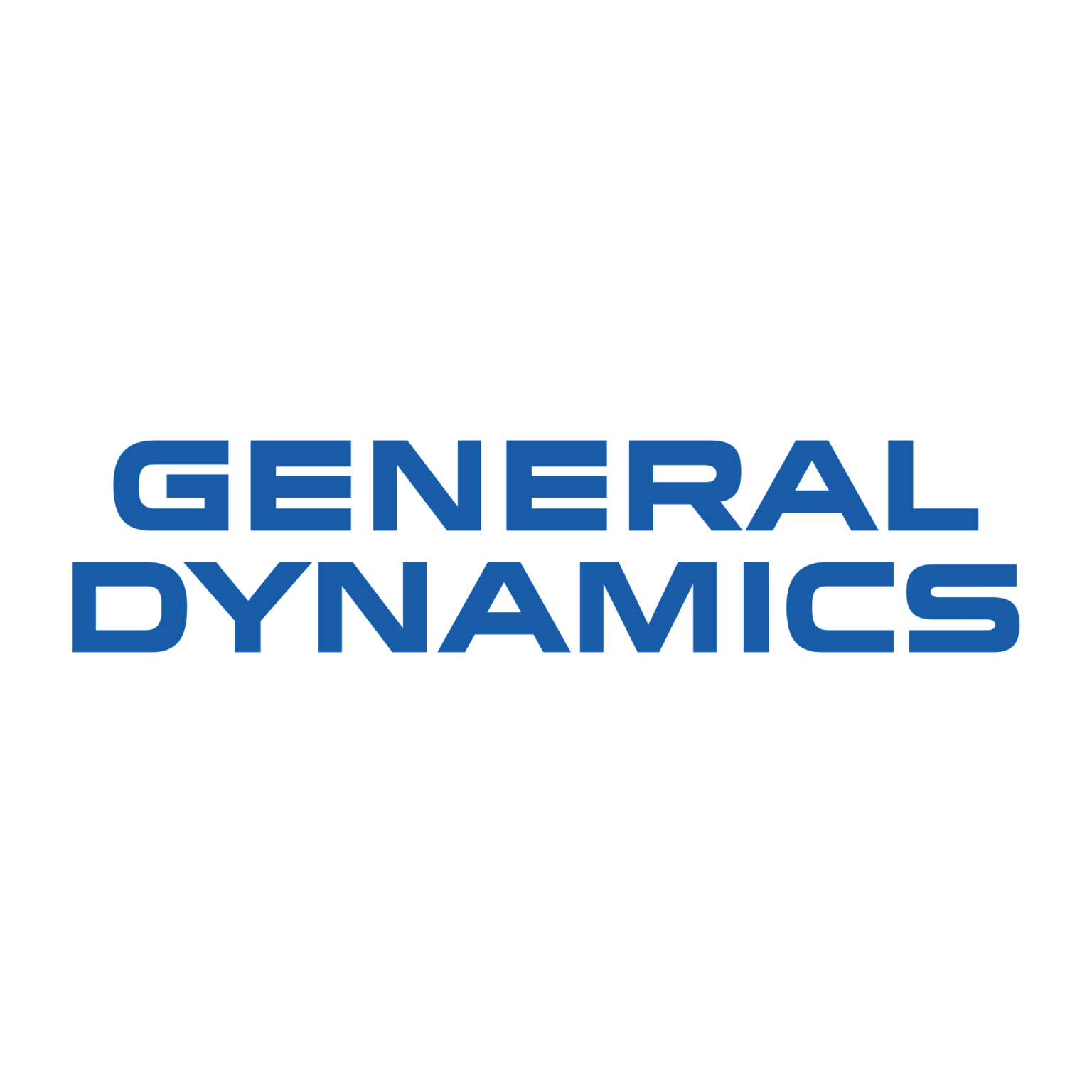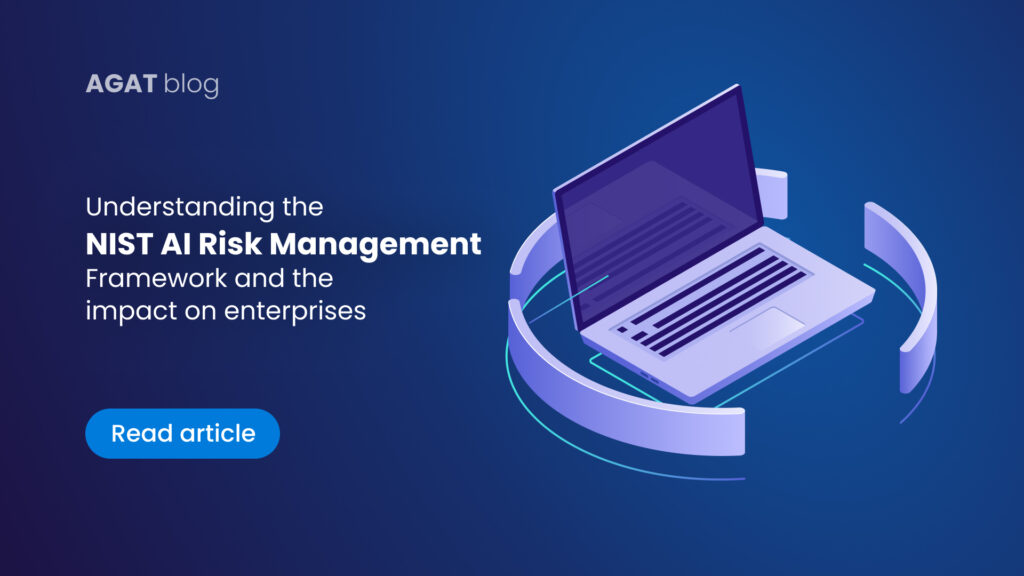
In an era where artificial intelligence (AI) is rapidly evolving and integrating into various facets of our lives, the need for effective risk management frameworks has become paramount. To address this demand, the National Institute of Standards and Technology (NIST) has developed a comprehensive AI Risk Management Framework, aimed at providing guidelines for organizations to navigate the complexities of AI implementation while mitigating associated risks.
Understanding the NIST AI Risk Management Framework
The NIST AI Risk Management Framework is a structured approach designed to assist organizations in identifying, assessing, and managing risks related to the development, deployment, and operation of AI systems. It offers a systematic methodology to evaluate the potential impacts of AI on various aspects, including security, privacy, fairness, transparency, and accountability.
At its core, the framework emphasizes the importance of integrating risk management practices throughout the AI lifecycle, from inception to retirement. It provides a structured process comprising six key steps:
Initiation: Define the scope and objectives of AI deployment, considering factors such as intended use, stakeholders, and regulatory requirements.
Risk Assessment: Identify and analyze potential risks associated with AI systems, including technical vulnerabilities, ethical implications, and societal impacts.
Risk Response: Develop strategies to address identified risks, such as implementing safeguards, controls, and mitigation measures.
Risk Monitoring: Continuously monitor AI systems to detect emerging risks, assess their effectiveness, and adapt risk management strategies accordingly.
Communication and Reporting: Facilitate transparent communication with stakeholders regarding AI-related risks, including reporting on risk assessment findings, mitigation efforts, and compliance with regulatory standards.
Review and Update: Regularly review and update the risk management framework to incorporate new insights, technological advancements, and evolving regulatory requirements.
Standards and Guidelines
The NIST AI Risk Management Framework is built upon established standards and guidelines, including:
NIST Special Publication 800-53: Provides a catalog of security controls for federal information systems and organizations, offering a comprehensive framework for managing cybersecurity risks.
NIST Special Publication 800-37: Outlines the Risk Management Framework (RMF) for information systems and organizations, serving as a foundational guide for risk-based cybersecurity programs.
Fairness, Accountability, and Transparency (FAT) Guidelines: Offer principles and best practices for ensuring fairness, accountability, and transparency in AI systems, addressing concerns related to bias, discrimination, and interpretability.
Impact on Enterprises
Enterprises are profoundly affected by the NIST AI Risk Management Framework in several ways:
Compliance and Regulatory Requirements: The framework helps enterprises align with regulatory standards and compliance requirements, reducing the risk of penalties, litigation, and reputational damage.
Risk Mitigation and Resilience: By systematically identifying and addressing AI-related risks, enterprises can enhance their resilience to potential threats, vulnerabilities, and disruptions.
Ethical and Social Responsibility: Embracing the principles of fairness, accountability, and transparency outlined in the framework enables enterprises to uphold ethical standards and fulfill their social responsibility obligations.
Innovation and Trust: By fostering a culture of responsible AI governance, enterprises can instill trust among stakeholders, fostering innovation and driving sustainable growth in the AI ecosystem.
In conclusion, the NIST AI Risk Management Framework serves as a guiding light for enterprises navigating the complex landscape of AI deployment. By embracing its principles and adhering to its methodologies, organizations can effectively manage risks, safeguard their interests, and contribute to the responsible advancement of AI technology for the benefit of society as a whole.
Ready to streamline your organization's journey toward compliance with the NIST AI Risk Management Framework?
Explore how BusinessGPT can be your trusted partner in navigating the complexities of AI risk management.
Try for free today and empower your enterprise to thrive in the era of responsible AI governance.

